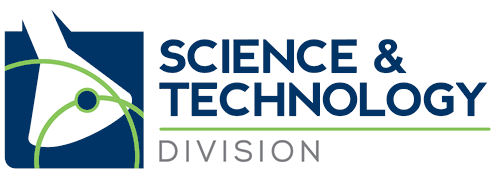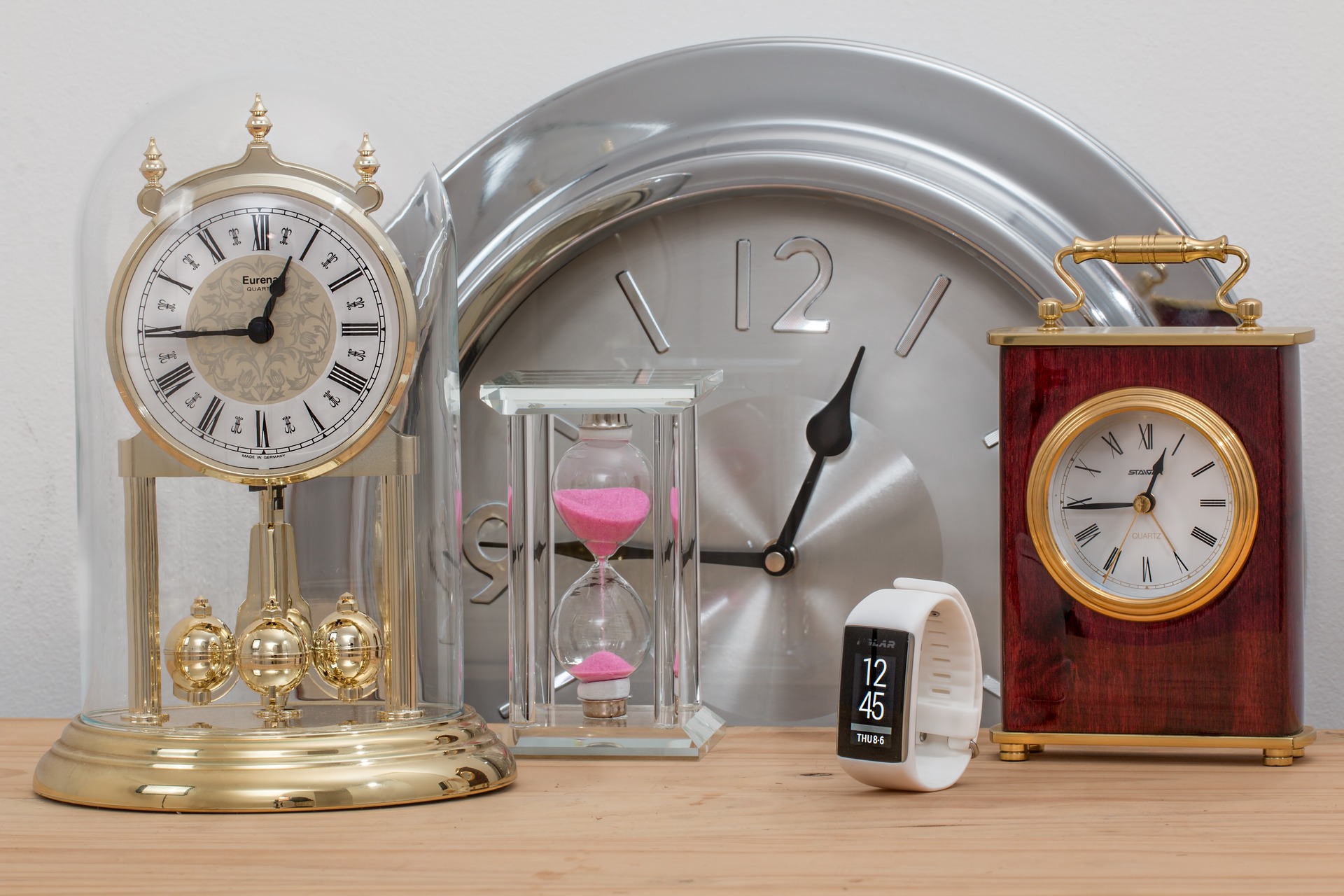By Naomi Sutcliffe de Moraes
Most people use the words accurate and precise as if they were synonyms. And they can be — in everyday language — but not in scientific and technical contexts.
Here are some examples of the two words used in a non-technical context.
- Example 1: There is only one precise/accurate answer to this question.
- Example 2: Please send a more precise/accurate complaint.
1. Precision vs Accuracy – normal technical definition applicable to most fields
1.1 Precision
The American Heritage Dictionary definition for precision includes this entry:
2.b. The number of significant digits to which a value has been reliably measured
This could apply to the number or the measuring device. So, a measurement given as 2.5 cm is less precise than one given as 2.59 cm, assuming that the ruler actually had markings for the extra significant digit. See Figure 1 for two examples
Figure 1 – Rulers with different degrees of precision
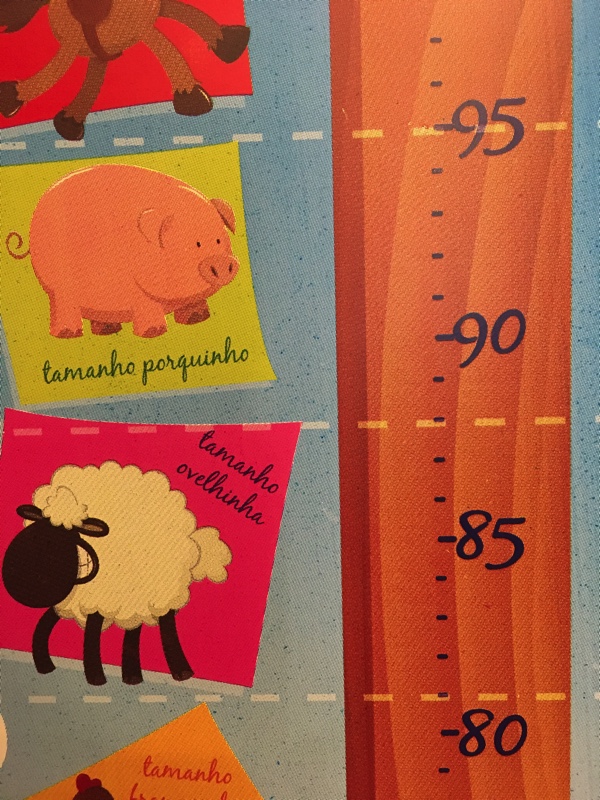
A ruler for measuring a child’s height, precise to only one significant digit: X cm
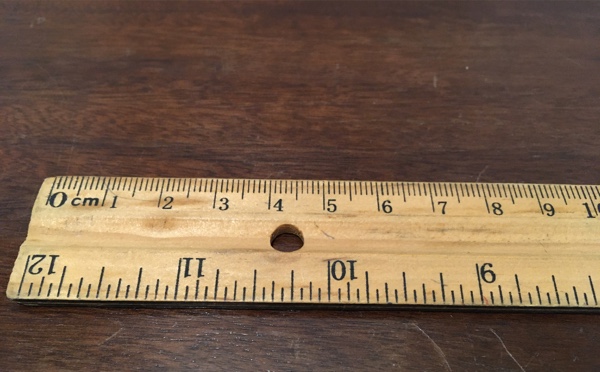
A ruler for measuring lengths with a precision of two significant digits: X.X cm.
1.2 Accuracy
The American Heritage Dictionary definition for accuracy includes this entry:
3. The ability of a measurement to match the actual value of the quantity being measured.
Thus, when analyzing the measurement of length, a ruler or measurement is accurate if it matches the SI standard, which is based on the speed of light.
In summary, accuracy is related to how well the measurement/device matches a standard, and precision is related to how many significant digits the measurement/device provides.
Looking at the concrete case shown in Figure 1, the two rulers are probably both inaccurate, and the brown ruler is more precise. Calipers for scientific or engineering work are likely to be both more precise and more accurate. Depending on the material with which the measuring device is made, it can become less accurate due to warping over time, but its precision would remain the same. For example, if the wooden ruler becomes waterlogged, it could become less accurate than the children’s height measuring stick but remain more precise.
Figure 2 – Dry measuring cup versus liquid measuring cup
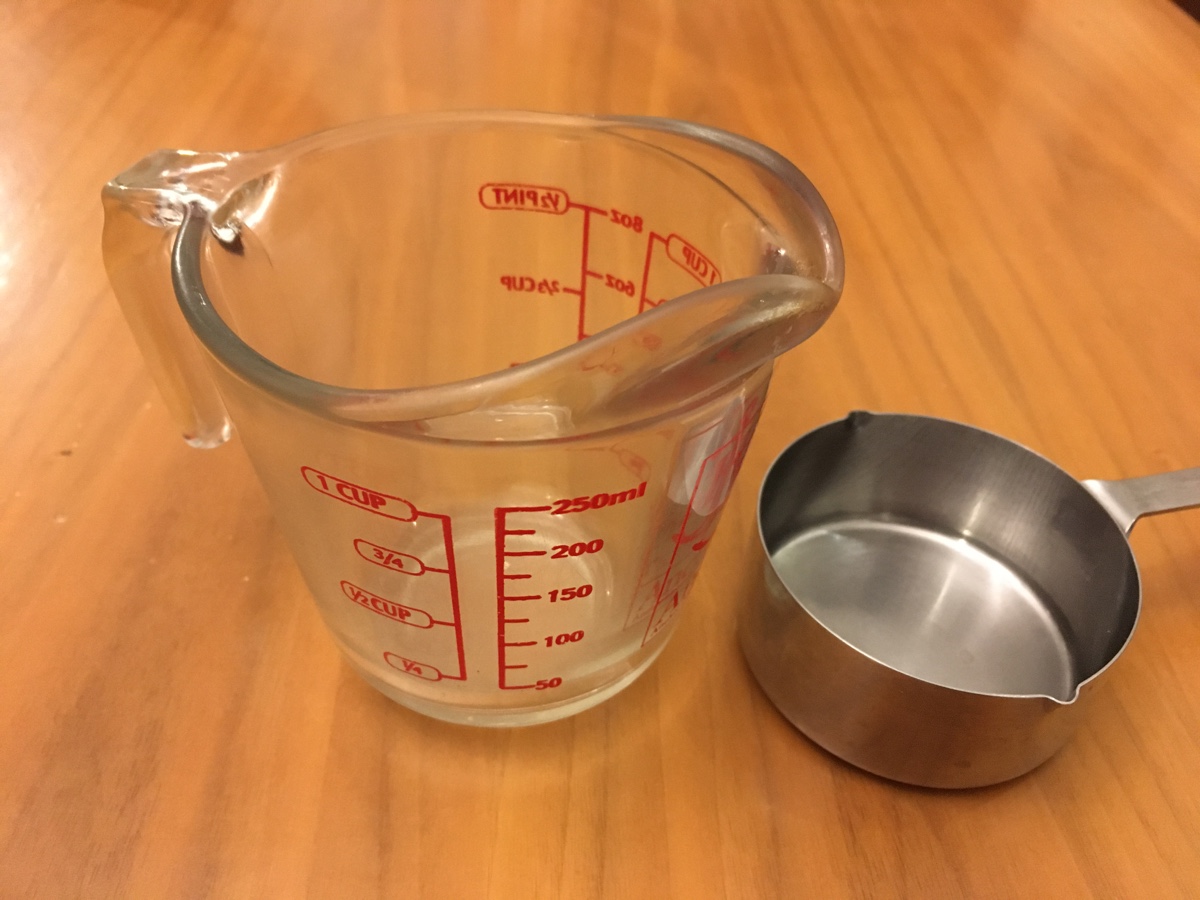
Figure 2 shows two types of measuring cups. The glass measuring cup is usually used for liquids and has markings for 1/4 cup, 1/2 cup, etc. The metal measuring cup is designed to measure 1/2 cup of a dry ingredient like flour. I have four glass measuring cups and none of them is the same (I tested!). I also have 4 sets of measuring cups for dry ingredients. I have no idea which set is more accurate for a given measurement, but the glass measuring cups are clearly more precise because they have more graduations.
1.3 Exactness
Just to make matters more complicated, English has yet another word: exactness. According to the American Heritage Dictionary, exact is:
- Strictly and completely in accord with fact;
- Characterized by accurate measurements or inferences with small margins of error;
- Characterized by strict adherence to standards or rules.
Therefore, exactness could be used as a synonym for accuracy, but not precision.
These differences apply to all related forms:
- Precision: precise, with precision, precisely
- Accuracy: exactness, accurate, exact, accurately, accurateness
Here are the equivalents in different languages
| English | Precision | Accuracy, Exactness |
| Portuguese | Precisão | Exatidão, Acurácia |
| French | Précision | Exactitude |
| Italian | Precisione | Accuratezza, Esattezza |
| German | Präzision | Genauigkeit |
| Spanish | Precisión | Exactitud |
| Dutch | Precisie | Nauwkeurigheid |
1.4 More examples
Here is an example taken from a text I translated into English recently (from Italian):
- Example 3: The accuracy of the time is guaranteed by the use of the NTP protocol, which typically guarantees synchronization precision on the order of half a millisecond.
In this example, the time is accurate (compared to the standard clock) because it is synchronized with the standard, and it is precise to a half millisecond because of the synchronization algorithm.
- Example 4: The SAT (Scholastic Aptitude Test) assesses reading speed and accuracy.
The test questions require that the candidate reads a text quickly and then answers questions about what is read. The objective is to read and recall what was really in the text, and not be distracted by false answers.
- Example 5: The device is secured using four precision clamps with tolerances of +/- 0.005 in.
Here, the word precision is referring (indirectly) to the manufacturing process that produced the clamps.
2. Precision vs Accuracy – ISO definition (ISO standard 5725)
As if the above were not confusing enough, ISO decided to adjust the meaning of the terms given above (in the context of a set of measurements of the same quantity) and add an extra term: trueness. According to this standard, accuracy is a general term used to describe the closeness of a set of measurements to the true value. Trueness is the degree to which the average of the measurements matches the actual value, and precision is the degree to which the measurements match each other.
I have a bathroom scale that is a bit out of whack ever since someone put the clothes hamper on top of it overnight. Whenever I weigh myself, I have to do it three times and take the average! Measurements often differ by an entire kg. So, the scale is no longer precise, since the measurements should not be so different within a few seconds of each other. It does, however, still seem to be relatively true, if I compare the average to the scale at my gym. As a consequence, its accuracy, according to the ISO definition, is only so-so. Another example, with a great bullseye illustration, is shown in a Wikipedia entry.
The following terms are translations for the ISO meanings:
| English | Precision | Trueness | Accuracy |
| Portuguese | Precisão | Veracidade | Exatidão |
| French | Fidélité | Justesse | Exactitude |
| Italian | Precisione | Esattezza | Acuratezza |
| German | Präzision | Richtigkeit | Genauigkeit |
| Spanish | Precisión | Veracidad | Exactitud |
| Dutch | Precisie | Juistheid | Nauwkeurigheid |
Most countries translate ISO standards into their own languages and publish them as national standards.
3. Precision vs Accuracy in Statistics
In statistics (if measuring error using a root-mean-square measure):
- Accuracy = root-mean-square error
- Trueness = bias
- Precision = standard deviation
Thanks to Carola Berger for the German translations and to Mery Molenaar for the Dutch translations!
© Naomi Sutcliffe de Moraes
About the Author
Naomi Sutcliffe de Moraes has a PhD in linguistics (University of São Paulo). Due to her degrees in engineering and physics (University of California), she has specialized in translating scientific and engineering in these and related fields from Italian/Portuguese into English over her 20-year career as a professional translator.
She can be reached through her site, ResearchWrite.net, where she also offers online academic English courses. Her translation-related publications can be downloaded from her personal site.
She is a former member of the ATA Board of Directors and has been on the Leadership Council of the ATA Science and Technology Division, Language Technology Division, and Portuguese Language Division.
